West Virginia’s Mon River Trails
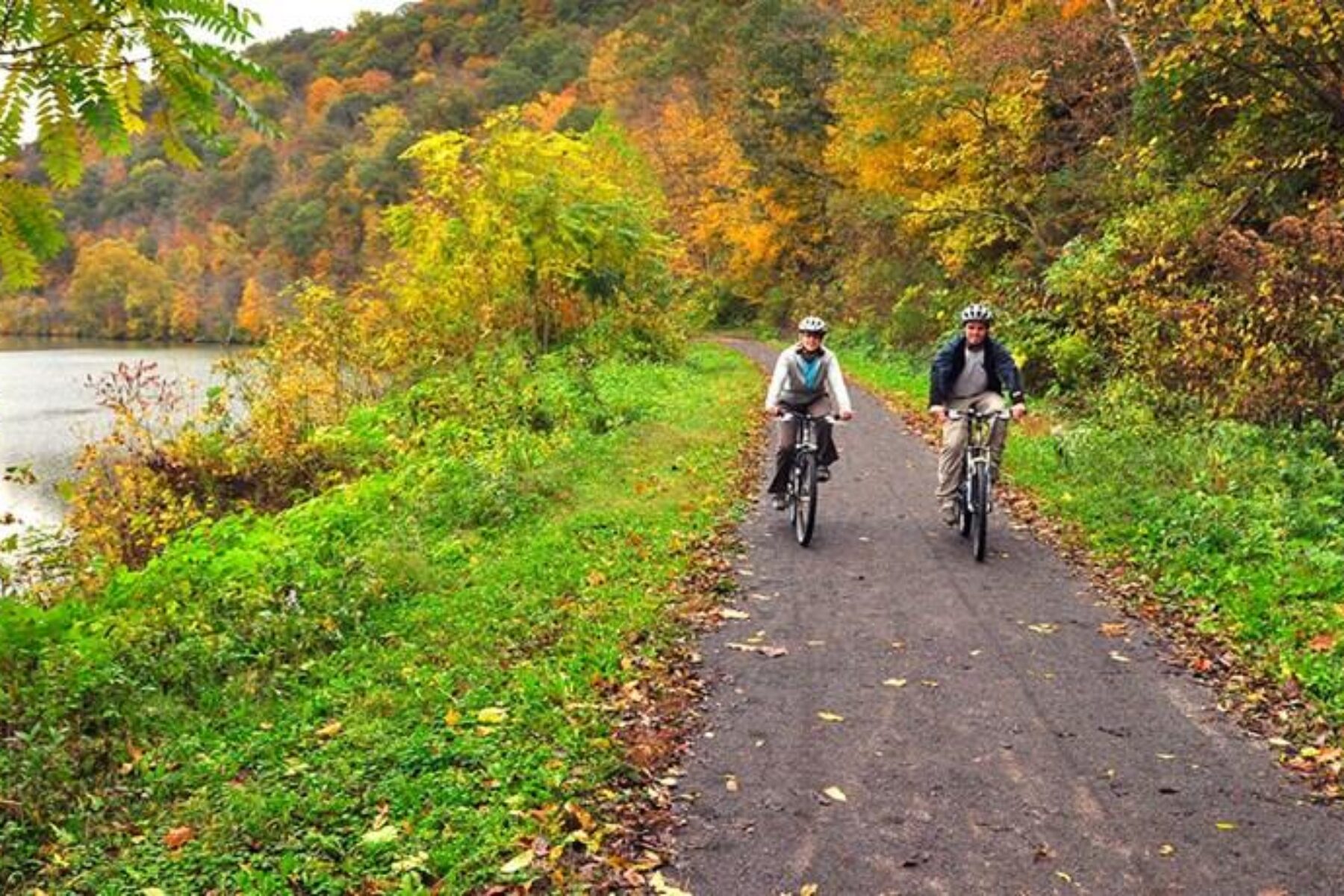
Trail of the Month: February 2015
“I can’t imagine Morgantown without the rail-trail … I think it adds so much to the community.”
“Wild and Wonderful” is West Virginia’s slogan, but the same could be said of the Mon River Trail system in the north-central part of the state. The beauty of the trail network spiraling out of Morgantown is that you have access to four trails—and four unique experiences—all in one interconnected system spanning nearly 50 miles. Head away from town and you are quickly encompassed by lush woodlands and the quiet splash of small waterfalls. Or, stay in town and have a number of city parks, as well as great dining and shopping opportunities, at your fingertips.
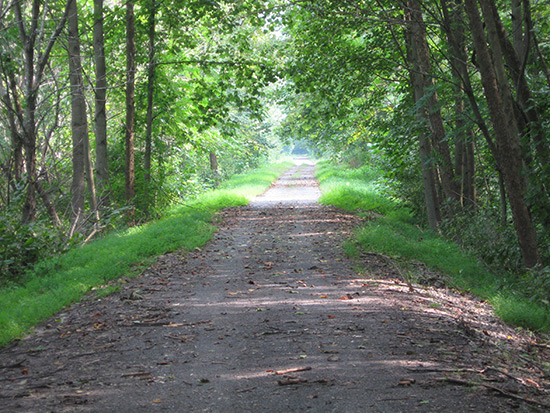
“It’s a wonderful mix of urban and rural,” says Ella Belling, executive director of the Mon River Trails Conservancy (MRTC). “It’s a nice combination for the people that live here and want to get a break from the urban world and enjoy nature.”
Picture the area’s trail system as an upside down “Y.” The Mon River Trail North, surfaced with crushed limestone, comes down from the Pennsylvania state line hugging the gentle curves of the Mon River (short for Monongahela). The waterway, which Belling likens to the Mississippi, cuts a wide, slow-moving path through the forested terrain. After six miles, the trail seamlessly blends with the paved Caperton Trail, which is more urban than its country cousins as it links Star City and Morgantown. Downtown, the trail splits; the fork heading southwest is the Mon River Trail South, and the one heading southeast is the Deckers Creek Trail. Both are crushed stone pathways guiding you through one scenic vista after another for nearly 20 miles each.
For Laurie Abildso, who directs the regional chapter of Girls on the Run, the Mon River Trail system is the perfect setting for their annual 5K run. “A lot of people who do the event are doing it for the first time,” she says. “So the trail is a nice, gentle introduction to running for long distances. They’re well maintained and safe.”
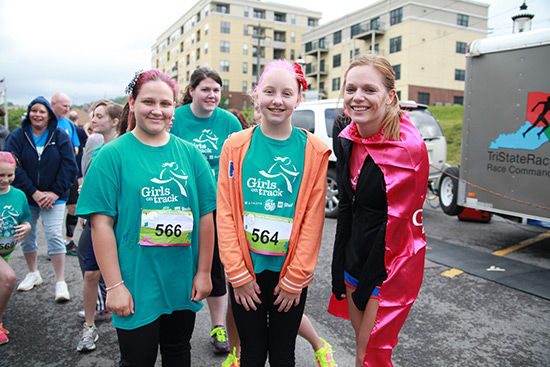
The event—which draws more than 1,000 participants, including the girls, their families and the general public—is the culmination of a 12-week program that uses physical activity as one way to help girls in third to eighth grade gain self-esteem and learn positive life skills. “When they start the program, they don’t think they’ll be able to run three miles,” says Abildso. “But then they do it, and it’s such a powerful experience.”
When Belling visits the trails, she confesses to being a slow cyclist. With binoculars in hand, she likes to “soak up nature,” frequently stopping to “bike and bird” as well as identify the trees and plants around her. Deer are common here, and even black bears and coyotes are occasionally sighted.
With spring on the way, another “W” that could be applied to the trail system is wildflowers. Belling notes that many of them grow along the trail, and her favorite time to see them is just around the corner. “There’s a four-week period with amazing bursts of color right before the leaves burst out on the trees at the beginning of spring.”
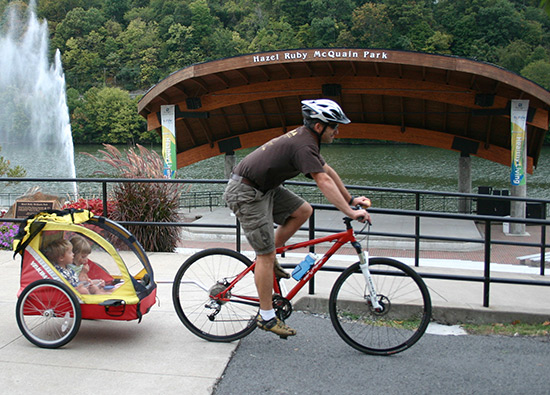
An especially good place to spot them is the Caperton section, which runs right through the arboretum on the campus of West Virginia University (WVU) and also traverses Hazel Ruby McQuain Riverfront Park, known for its showy cherry blossoms. The park pays homage to the trail’s heritage with a restored railroad depot that first saw passengers in 1886 and now serves as a visitor center and bus station. Both the Caperton and the pair of Mon River Trails on either side of Morgantown follow a branch of the Baltimore and Ohio (B&O) Railroad, which primarily carried coal, coke, sand and limestone between the mines of Fairmont and the industrial city of Pittsburgh. (The Deckers Creek Trail follows the former Morgantown and Kingwood Railroad, which met the B&O line in Morgantown and extended to Rowlesburg.)
“There are a lot of remnants from the railroad and the coal mines along the trails,” says Belling. “You can feel the history of the place.”
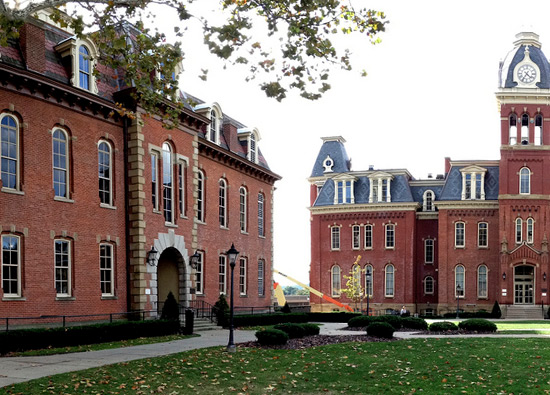
In the warmer weather, the stately red brick buildings of WVU’s Woodburn Circle—listed on the National Register of Historic Places—make an especially vivid contrast to the wide green expanses of the school’s well-manicured grounds. Founded in 1867 (only a few years after West Virginia became a state), the university has long been Morgantown’s flagship institution, and the city frequently finds its way onto lists of the country’s top college towns.
West Virginia native Kelly Pack, trail development director for Rails-to-Trails Conservancy (RTC), remembers the early development of the Mon River Trail system when she began attending WVU in the late 1990s.
“The whole landscape along the trail in Morgantown has completely changed for the better.”
“It has drastically changed since I was there,” Pack says. “When I was running on the Caperton Trail, I felt like I had a backstage pass to the community. Morgantown was just starting the revitalization of the riverfront, so you were going behind these vacant areas. Now, there’s new development along the river—hotels, restaurants and shops—with the trail as a focal point. The whole landscape along the trail in Morgantown has completely changed for the better.”
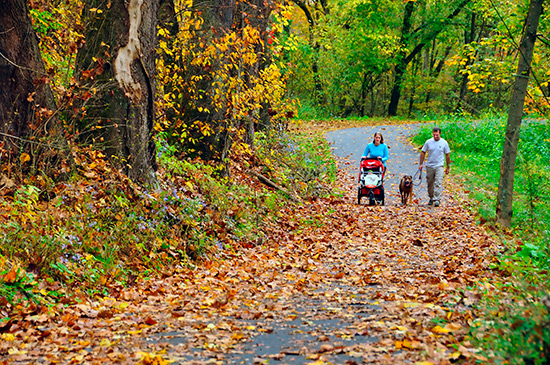
Twenty years ago, the MRTC acquired the rail corridor through which the trails now run, and the future only looks brighter today. This year, the Mon River Trail North will connect to Pennsylvania’s Sheepskin Trail, which will continue north to the community of Point Marion. Although the new segment is short—just over a mile—it signifies a big step toward connecting the Morgantown system to the Great Allegheny Passage, a distinguished member of RTC’s Rail-Trail Hall of Fame. The groundbreaking ceremony for the new section will be made during RTC’s upcoming West Virginia Rail-Trail Sojourn, April 24-26.
In the other direction, a more distant dream is to one day close about 20 miles of gaps to connect the Mon River Trail system with the North Bend Rail Trail, a rural scenic gem that stretches 72 miles west to Parkersburg. Together, they would create a 150-mile trail that Pack says would be “incredible” and on the scale of the renowned Great Allegheny Passage.
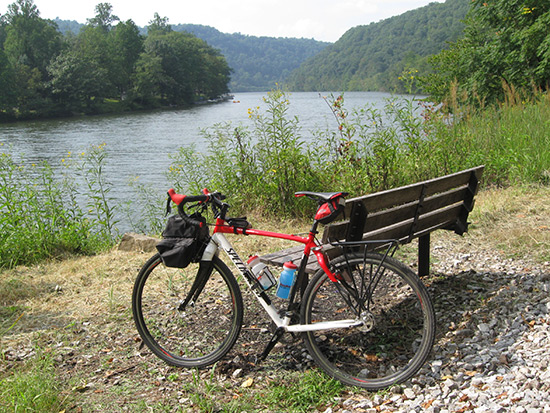
All of these regional trails are pieces of a much larger puzzle. RTC is partnering with the Pennsylvania Environmental Council to lead a collaborative effort involving dozens of trail groups and other organizations in closing gaps and building out a 1,600-mile trail network spanning five states (Maryland, Ohio, Pennsylvania, West Virginia and New York). Originally known as the Power of 32+ for the number of counties involved, the growing project now includes trails in 53 counties.
The hub of this network is Pittsburgh, and Morgantown—just 75 miles south— serves as an important spoke in the wheel. “There’s a great energy to Morgantown,” says Abildso. “More and more people are out there on their bikes. And there are lots of running events in the spring and summer; most Saturday and Sunday mornings, you’ll see an organization out there.”
In addition to wild, wonderful and wildflowers, we have one last “W” to add to the list. With its genuine charm, beautiful views around every bend in the river, unique historical and cultural sites, and a well-loved, well-cared-for trail system linking it all, this thriving trail town is welcoming.
“I can’t imagine Morgantown without the rail-trail,” says Abildso. “I think it adds so much to the community.”

Donate
Everyone deserves access to safe ways to walk, bike, and be active outdoors.



